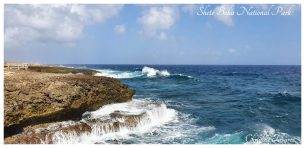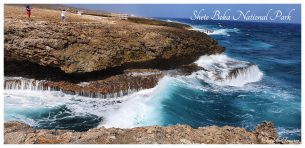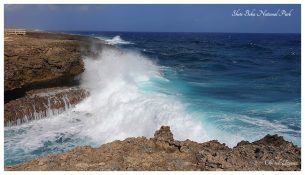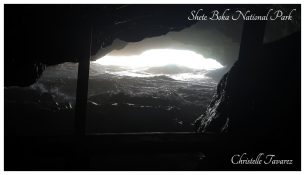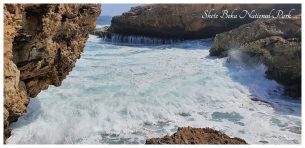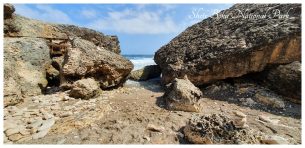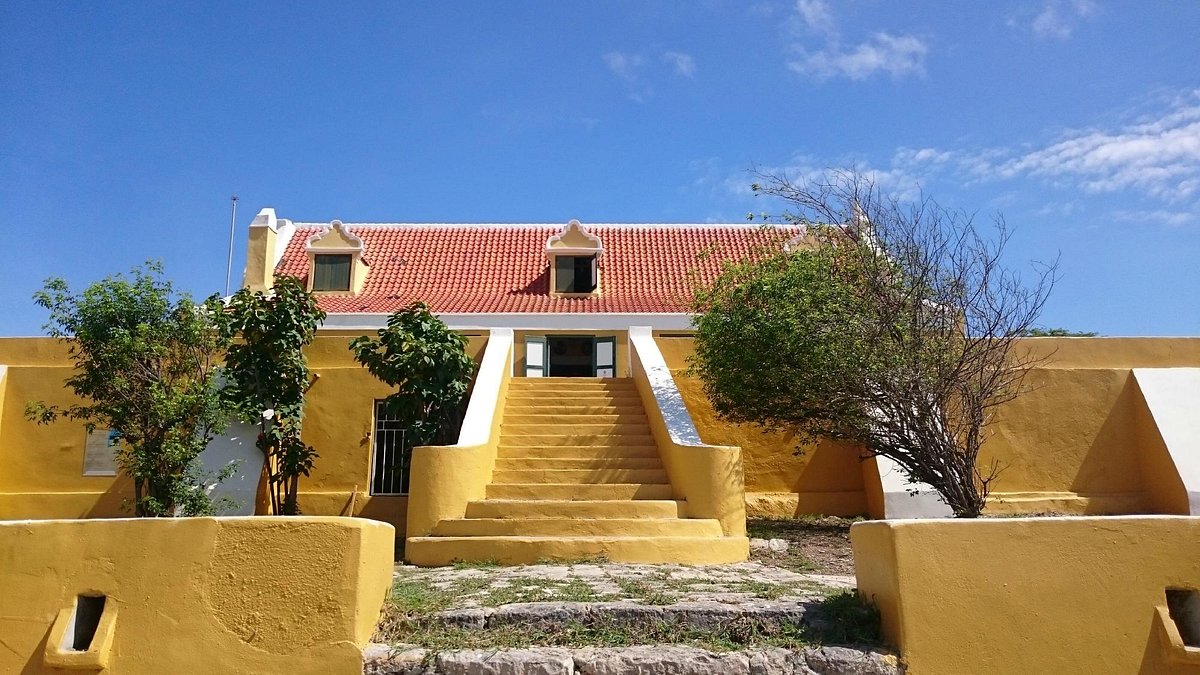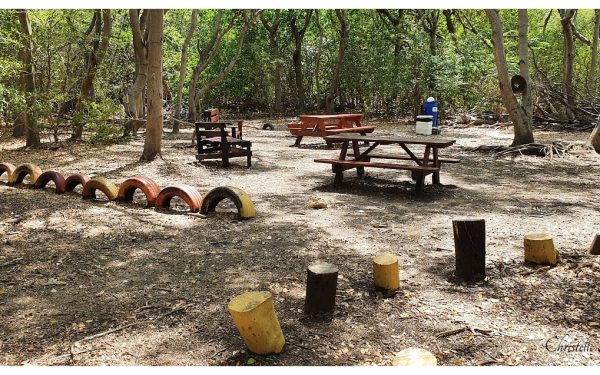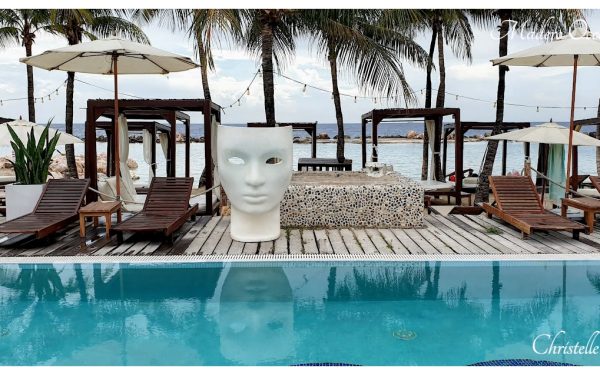Shete Boka National Park is a spectacular destination known for its dramatic coastal scenery

Shete Boka National Park, located on Curacao’s north coast, is renowned for its dramatic limestone cliffs and secluded inlets, known as ‘boka’s.’ Established in 1994, the park spans approximately 10 kilometers and serves as a vital nesting site for three species of sea turtles: loggerhead, green, and hawksbill. Visitors can explore the park via two main trails: the Boka Pistol Trail, leading to a blowhole where waves create explosive water displays, and the Boka Wandomi Trail, which offers views of a natural limestone bridge. The park also features Boka Tabla, where waves crash into an underground cavern, creating a thunderous spectacle. Accessible by car or on foot, Shete Boka provides a unique opportunity to experience Curacao’s rugged natural beauty.
What are the best times of year to visit Shete Boka National Park for optimal weather and wildlife viewing?
Shete Boka National Park is a spectacular destination known for its dramatic coastal scenery, rugged inlets, and native wildlife, especially sea turtles.
The best time to visit for optimal weather is during the dry season, from January to September. During these months, you’ll experience plenty of sunshine, low humidity, and minimal rainfall, making it perfect for exploring the park’s trails and sea caves.
For wildlife viewing, particularly if you’re interested in seeing sea turtles, the nesting season runs from May to December. During this period, you might witness turtles coming ashore to lay eggs, especially at Boka Brown and other inlets within the park.
Can you describe the unique geological features found within the park?
Shete Boka National Park is renowned for its dramatic and rugged coastline, shaped by powerful Atlantic waves crashing into the limestone cliffs. One of the most striking geological features is the series of inlets or “bokas” (meaning “mouths” in Papiamentu), including Boka Tabla, where waves thunder into a deep underground cavern you can explore on foot.
You’ll also find natural limestone bridges, blowholes, and sea caves throughout the park, all of which have been carved over centuries by relentless wave action. The contrast between the arid, cacti-studded interior and the wild, rocky coast creates a unique landscape. The area is also a nesting ground for sea turtles, thanks to its protected coves and sandy patches.
What types of marine life can be observed along the coastline of Shete Boka?
Along the coastline of Shete Boka National Park, you can observe a diverse range of marine life. The park is especially known for its dramatic limestone cliffs, sea caves, and rugged bays where the Caribbean Sea crashes into the shore, creating unique habitats.
Common marine life you might encounter includes various species of sea turtles such as the green sea turtle and hawksbill turtle, which often come ashore to lay their eggs in the protected coves. You can also spot colorful reef fish, crabs, and the occasional octopus in the tidal pools and rocky crevices. The park is also a popular area for birdwatching, with many seabirds nesting along the cliffs.
Snorkelers and divers near the Shete Boka area may also see schools of tropical fish, moray eels, and sometimes even rays in the clear waters. The best time for turtle spotting is during their nesting season, which typically peaks from May to December.
Are there any guided tours or educational programs available in the park?
At Shete Boka National Park, you’ll find a variety of ways to explore and learn about the area’s dramatic limestone cliffs, secluded inlets, and vital sea turtle nesting sites. While the park is primarily known for its scenic trails like the Boka Pistol Trail and Boka Wandomi Trail, it is also managed by CARMABI (Caribbean Research and Management of Biodiversity Foundation). This organization often provides educational programs and nature education focused on conservation, marine life, and park ecosystems.
Guided tours are sometimes available, especially during peak turtle nesting seasons or as part of special events. These may include ranger-led walks or talks that highlight the geological features, flora, fauna, and the importance of sea turtle conservation. Educational signage is also present throughout the park, making self-guided exploration informative as well.
What safety precautions should visitors take while exploring the park’s rugged terrain?
When exploring Shete Boka National Park, it’s important to take a few safety precautions due to its rugged coastal terrain and powerful waves:
- Wear sturdy, closed-toe shoes: The paths can be rocky and uneven, especially near the bokas (inlets).
- Stay on marked trails: Venturing off can be dangerous due to unexpected cliffs and unstable ground.
- Watch for waves: The surf is very strong, and rogue waves can hit without warning near the shoreline. Keep a safe distance from the water’s edge.
- Bring water and sun protection: The park can get very hot, so wear sunscreen, a hat, and bring plenty of water to stay hydrated.
- Avoid climbing on rocks: Wet rocks are slippery, and some may be loose or sharp.
- Travel in pairs or groups when possible: If something happens, it’s safer to have help nearby.
- Respect wildlife and plants: Avoid touching or disturbing the local flora and fauna.
